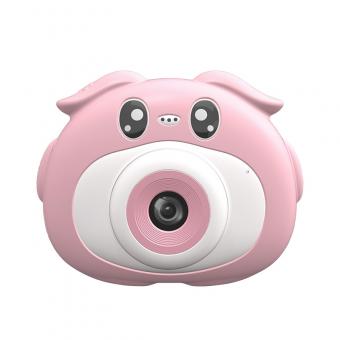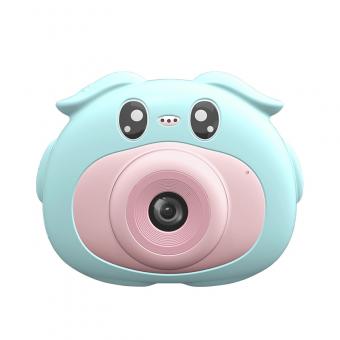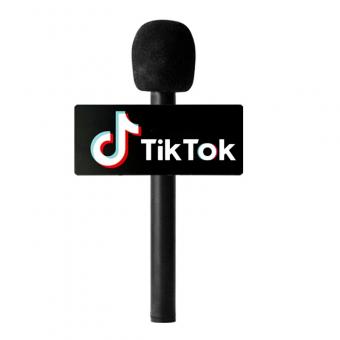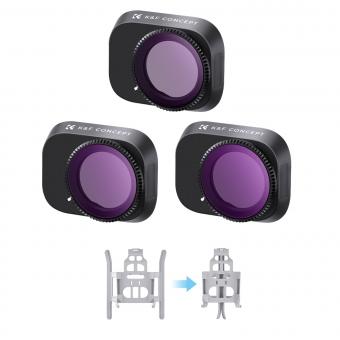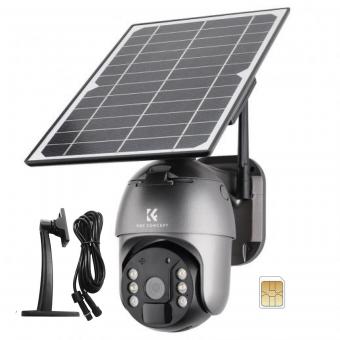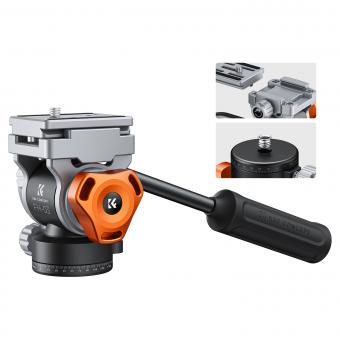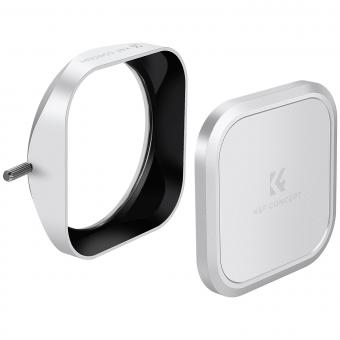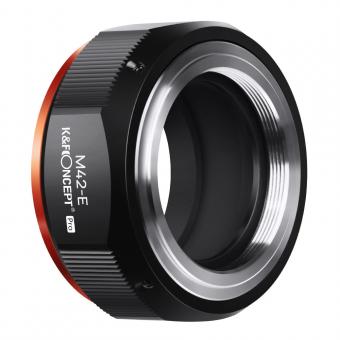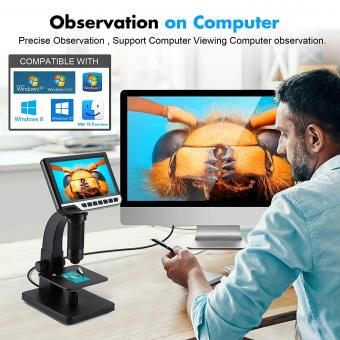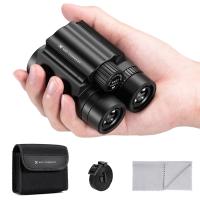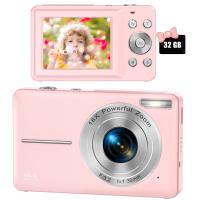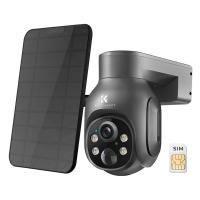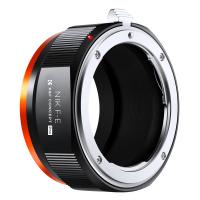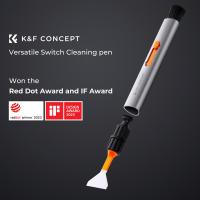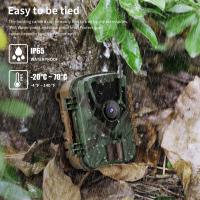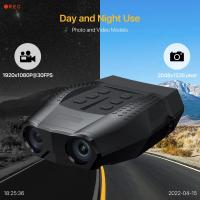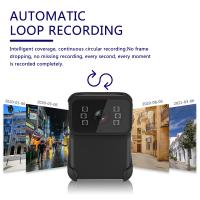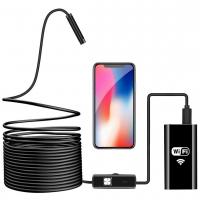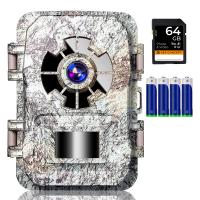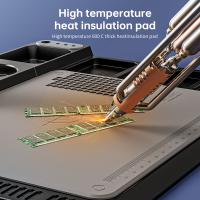What Is A Good Spotting Scope ?
A good spotting scope is one that provides clear and sharp images of distant objects. It should have a high magnification power, typically between 20x and 60x, and a large objective lens diameter, usually between 60mm and 80mm, to gather as much light as possible. The scope should also have good optics, with high-quality glass and coatings to minimize glare and distortion.
Other important features to consider when choosing a spotting scope include the type of prism used (roof or porro), the type of focus (single or dual), the type of eyepiece (fixed or zoom), and the overall build quality and durability of the scope. Additionally, the scope should be easy to use and comfortable to hold, with a stable tripod or mount to keep it steady during use. Some popular brands of spotting scopes include Vortex, Leupold, Swarovski, and Zeiss.
1、 Magnification and Objective Lens Size
What is a good spotting scope? The answer to this question depends on your specific needs and preferences. However, two important factors to consider when choosing a spotting scope are magnification and objective lens size.
Magnification refers to how much the image is enlarged. A higher magnification can be useful for observing distant objects, but it can also make the image appear shaky or blurry. A lower magnification can provide a wider field of view and a more stable image. It's important to find a balance between magnification and stability that works for your intended use.
Objective lens size refers to the diameter of the front lens element. A larger objective lens can gather more light, which can improve image brightness and clarity, especially in low-light conditions. However, a larger objective lens also means a heavier and bulkier scope. Again, it's important to find a balance between image quality and portability that works for your needs.
In addition to magnification and objective lens size, other factors to consider when choosing a spotting scope include the quality of the optics, the durability of the construction, and the ease of use. Some popular brands of spotting scopes include Vortex, Leupold, and Swarovski.
It's also worth noting that the latest trend in spotting scopes is the use of digital technology, such as built-in cameras and Wi-Fi connectivity. These features can allow you to capture and share images and videos of your observations, but they also come with a higher price tag. Ultimately, the best spotting scope for you will depend on your specific needs and budget.
2、 Prism Type
What is a good spotting scope? When it comes to the prism type, there are two main options: roof prism and porro prism. Both have their advantages and disadvantages, so it ultimately comes down to personal preference and intended use.
Roof prism spotting scopes are more compact and lightweight, making them a great option for those who plan on carrying their scope with them on hikes or other outdoor activities. They also tend to be more durable and waterproof, making them a good choice for use in harsh weather conditions. However, they can be more expensive than porro prism scopes and may not provide as clear of an image.
Porro prism spotting scopes, on the other hand, tend to be less expensive and provide a wider field of view, making them a good choice for birdwatching or other activities where you need to quickly scan a large area. They also tend to provide a brighter and clearer image than roof prism scopes. However, they are bulkier and heavier than roof prism scopes, which may make them less convenient for some users.
Ultimately, the best spotting scope for you will depend on your individual needs and preferences. It's important to consider factors such as intended use, budget, and desired features when making your decision. Additionally, it's always a good idea to read reviews and do your research before making a purchase to ensure that you're getting a high-quality product that will meet your needs.
3、 Lens Coatings
What is a good spotting scope? One important factor to consider is the lens coatings. Lens coatings are applied to the glass surfaces of the spotting scope to improve image quality by reducing glare, increasing contrast, and enhancing color fidelity. The type and quality of lens coatings can greatly affect the performance of a spotting scope.
There are several types of lens coatings, including coated, fully coated, multi-coated, and fully multi-coated. Coated lenses have a single layer of coating on at least one lens surface, while fully coated lenses have a single layer of coating on all air-to-glass surfaces. Multi-coated lenses have multiple layers of coating on at least one lens surface, while fully multi-coated lenses have multiple layers of coating on all air-to-glass surfaces.
Fully multi-coated lenses are generally considered the best option for a spotting scope, as they provide the highest level of light transmission and image quality. However, they can also be more expensive than other types of lens coatings.
In recent years, there has been a trend towards using specialized lens coatings, such as ED (extra-low dispersion) and HD (high-definition) coatings, to further improve image quality. These coatings can help reduce chromatic aberration and improve color accuracy, resulting in sharper and more vibrant images.
Ultimately, the best spotting scope for you will depend on your specific needs and budget. However, choosing a spotting scope with high-quality lens coatings can greatly enhance your viewing experience and help you spot even the most elusive wildlife or targets.
4、 Eye Relief
What is a good spotting scope? One of the most important factors to consider is the eye relief. Eye relief refers to the distance between the eyepiece and your eye when you are using the spotting scope. A good eye relief is important for those who wear glasses or have eye conditions that require them to be closer to the eyepiece.
A good spotting scope should have an eye relief of at least 14mm, but ideally, it should be closer to 18mm or more. This will allow you to comfortably use the spotting scope without having to strain your eyes or adjust your glasses constantly. Additionally, a longer eye relief will also provide a wider field of view, which is important for birdwatching or other outdoor activities.
The latest point of view on eye relief is that it is becoming increasingly important as more people are using spotting scopes for extended periods of time. With the rise of digital photography and videography, people are spending more time looking through their spotting scopes to capture the perfect shot. This means that a good eye relief is essential for reducing eye strain and fatigue.
In conclusion, a good spotting scope should have a comfortable eye relief of at least 14mm, but ideally closer to 18mm or more. This will provide a wider field of view and reduce eye strain and fatigue, making it easier to use the spotting scope for extended periods of time.

